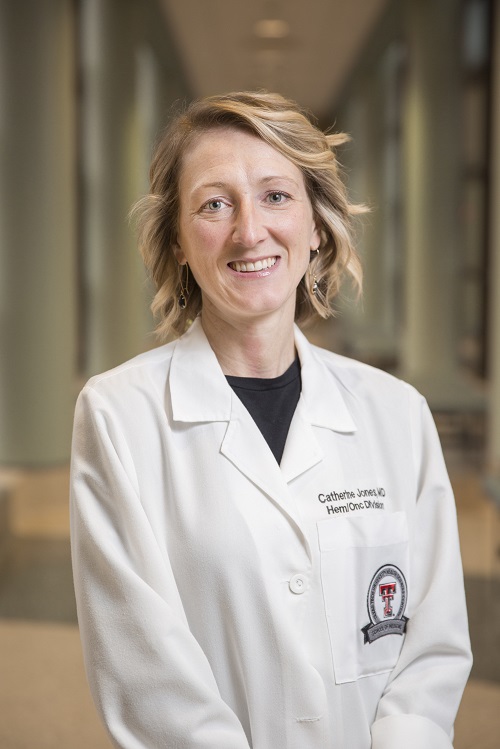
While the weather may not suggest it, fall has officially arrived and for many of us that means preparing for the holidays is at the top of our priority list. While Halloween is just around the corner, October isn’t just about scary costumes and candy. It is also National Breast Cancer Awareness Month, so let’s take just a moment to review why this deserves our attention.
Breast cancer is the second leading cause of cancer death among women causing more than 40,000 deaths annually. One in 8 women in the United States will be diagnosed with breast cancer in their lifetime with 281,550 invasive breast cancer diagnoses expected in the U.S. in 2021. While people most think of breast cancer as a disease that only affects women, 2,650 men are also expected to be diagnosed with breast cancer this year. So now that we know how common this problem is, what do we watch for and how do we screen for it?
What are the risk factors for breast cancer?
Approximately 5 to 10% of breast cancers are attributed to inherited gene mutations coming from either the mother or father. BRCA1 and BRCA2 mutations are the most common. Patients with one of these known inherited genetic mutations are at substantially increased risk for breast cancer, in the case of BRCA, this risk can be as high as 75% in one’s lifetime. Outside of families with known gene mutations, a woman with a first degree relative with breast cancer (mother, sister, daughter) has a nearly doubled lifetime risk of the disease. This scenario however applies to less than 15% of women diagnosed with breast cancer. In the majority of women with a breast cancer diagnosis (approximately 85%), there is no family history of breast cancer so patients need to be aware of other associated risks. These include, age, prior radiation to the chest before age 30, being overweight or obese, not having a full-term pregnancy or having a first child after age 30, starting menses prior to age 12 or menopause after age 50, drinking alcohol and lack of exercise. Breastfeeding has been associated with decreased breast cancer risk, especially if done for longer than one year.
Who should screen and when?
Breast cancer screening can often be confusing as different medical societies and government agencies often have differing recommendations. Both the American Cancer Society and the American College of Radiology recommend annual screening mammography for average risk women starting at age 40. In select patients who have been identified as high-risk, annual screening breast MRI in addition to annual mammography may be indicated. There are several risk assessment tools available to identify women who may be in this category based on family history, high-risk genetic mutations, age, and factors related to menstrual history and child-bearing. If you believe you may be at increased risk for breast cancer discuss this with your physician.
While screening mammogram is an excellent tool, mammography may still miss up to 13% of breast cancers due to factors such as breast density. Therefore, it is important that women remain diligent in their breast health and report any noted changes in the appearance of the breast or breast lumps to their physician immediately. Signs and symptoms of breast cancer include swelling of all or part of the breast, skin dimpling or nipple retraction, scaliness or thickening of the skin or nipple, a lump in the breast or underarm or breast pain. If you are experiencing any of these symptoms, please speak with your physician.
Many women may have skipped their annual mammogram due to the COVID-19 pandemic and others may just keep putting it off. Remember this October as you prepare for all the “Boos” of Halloween, also take some time out for your Boo-bies! Be screened, not scared!
Catherine Jones, M.D., is an oncologist for Texas Tech Physicians, associate professor at the Texas Tech University Health Sciences Center Department of Internal Medicine and medical director of the UMC Cancer Center.
